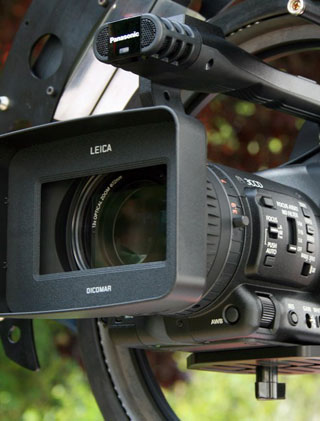Terminology

Aspect Ratio: Refers to the shape of the television picture. 4:3 is the aspect ratio of television pictures used up to the late 1990's and is virtually a square. Since then 16:9 has become the norm. The picture is wider than it is tall in the proportions of 16:9 and resembles a wide rectangle.
HD: High Definition produces a sharp image which can be magnified and shown on large television screen without noticeable loss of quality. Editing HD video takes up more disc space and is inherently time consuming to edit. HD is rapidly becoming the norm. Some people describe the experience as looking through a window rather than watching through a television.
SD: Standard Definition is the normal TV standard used in news and current affairs.
PAL: This refers to the television standard used in the UK and other parts of Europe including Germany. PAL is an acronym for Phase Alternate Line and refers to the way that the television picture is transmitted to the receiver. This method of transmission prevents the colour of the picture from being corrupted, unlike NTSC transmissions which can result in colour changes due to alterations in the phase (timing) of the received signal.
NTSC: This refers to the American method of transmitting television pictures. Unlike PAL it can suffer from timing errors when arriving at the receiver, resulting in undesirable changes in colour. Engineers jokingly have an acronym for this system which is Never Twice the Same Color. In reality NTSC stands for National Television Standards committee.
Standards Conversion: Video recordings made in either in PAL or NTSC are incompatible with each other. However a line standards converter will enable copies of either format to be made so they can be used with each other. This applies particularly to television recordings made on tape.